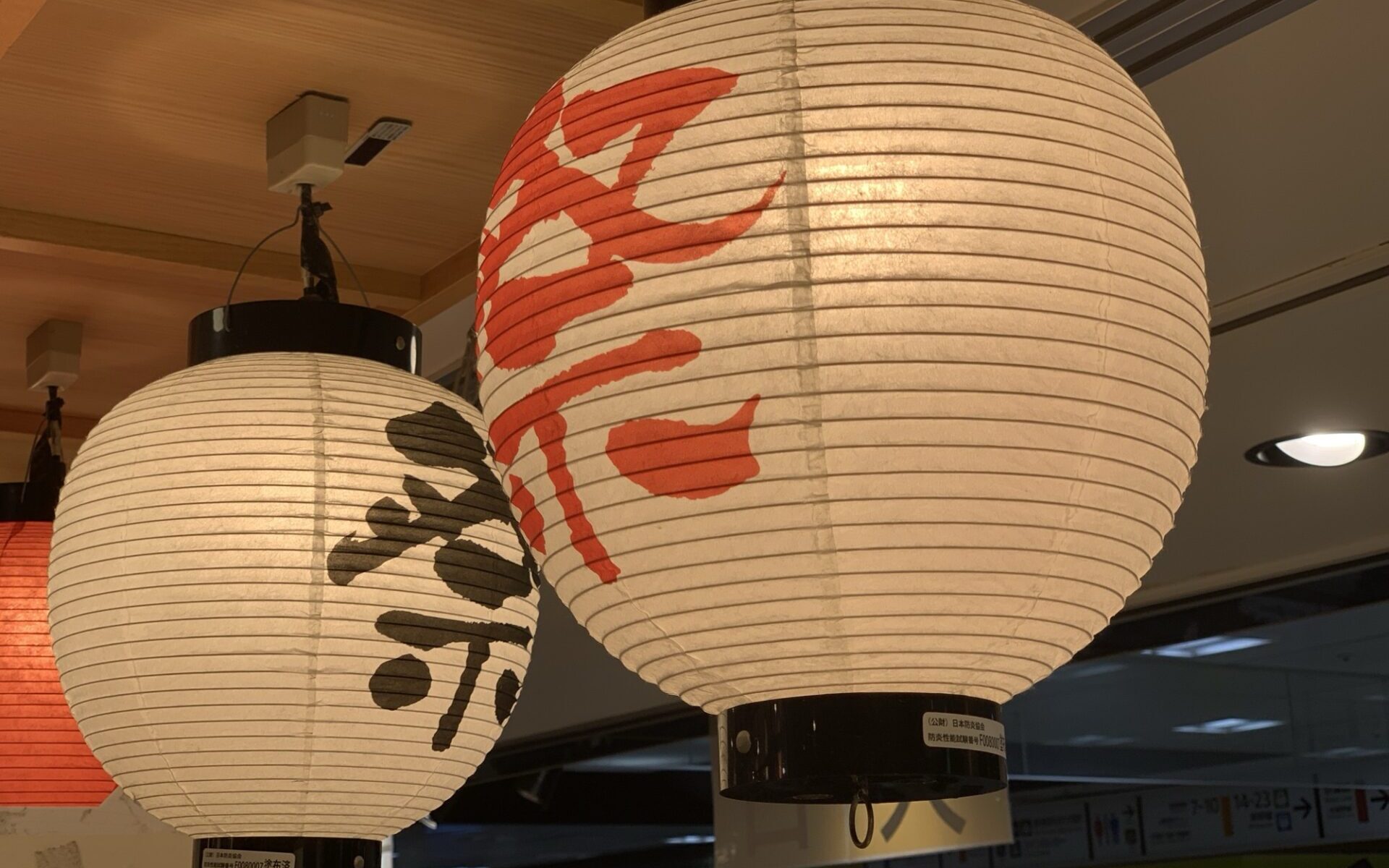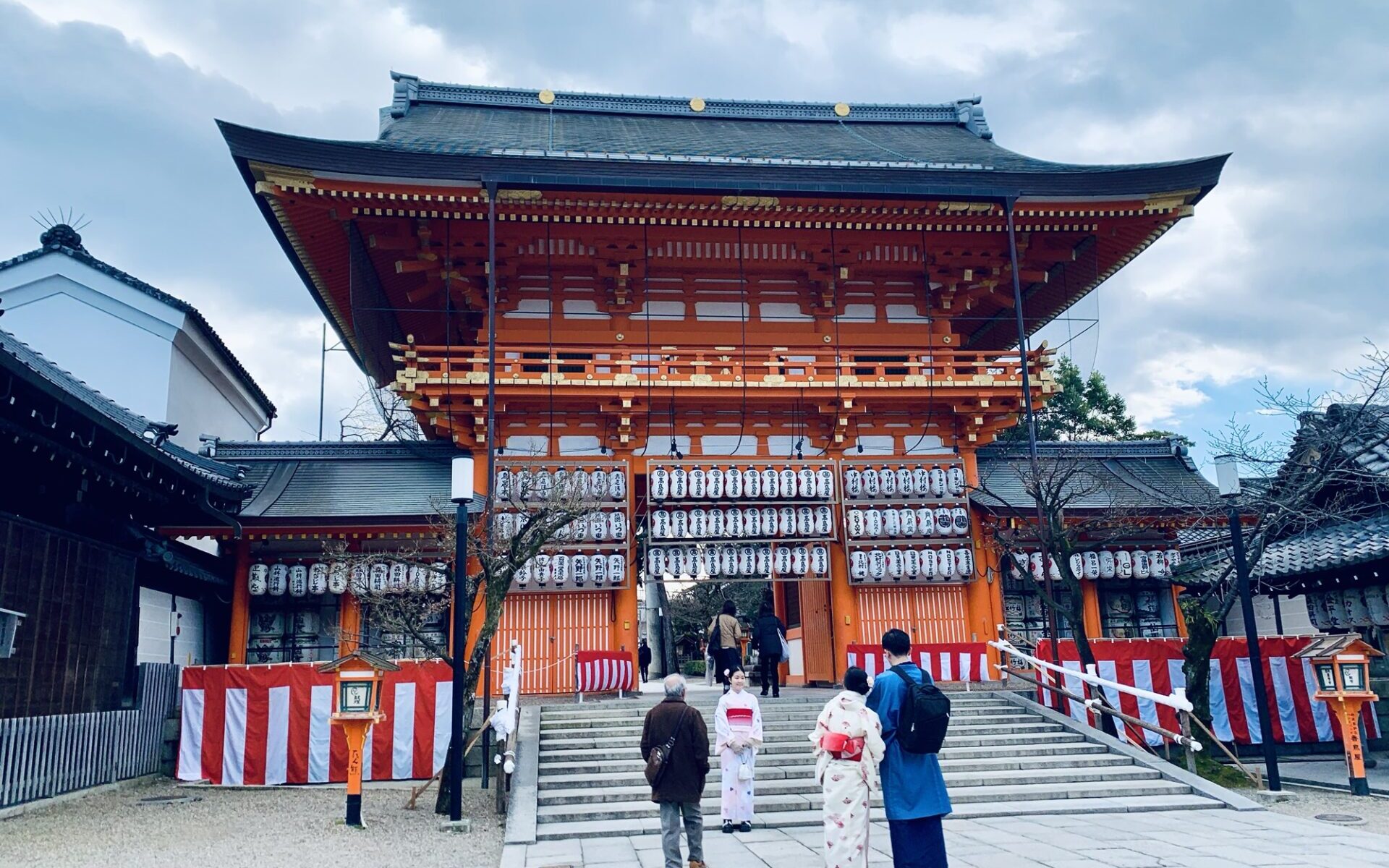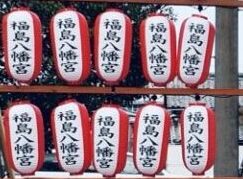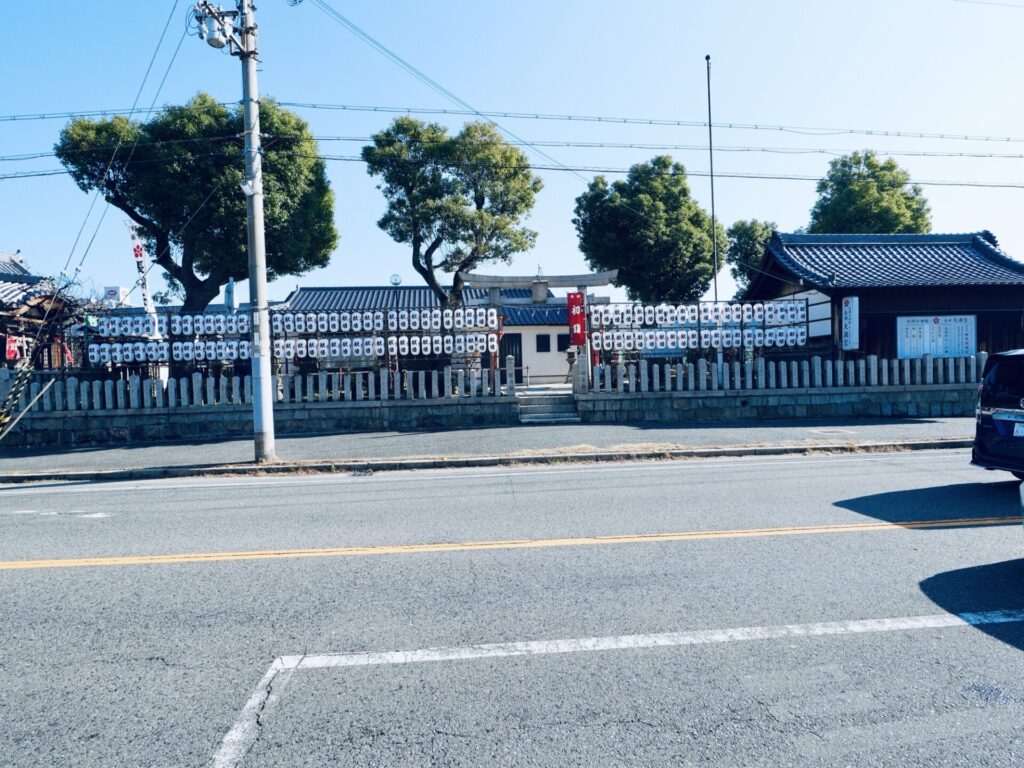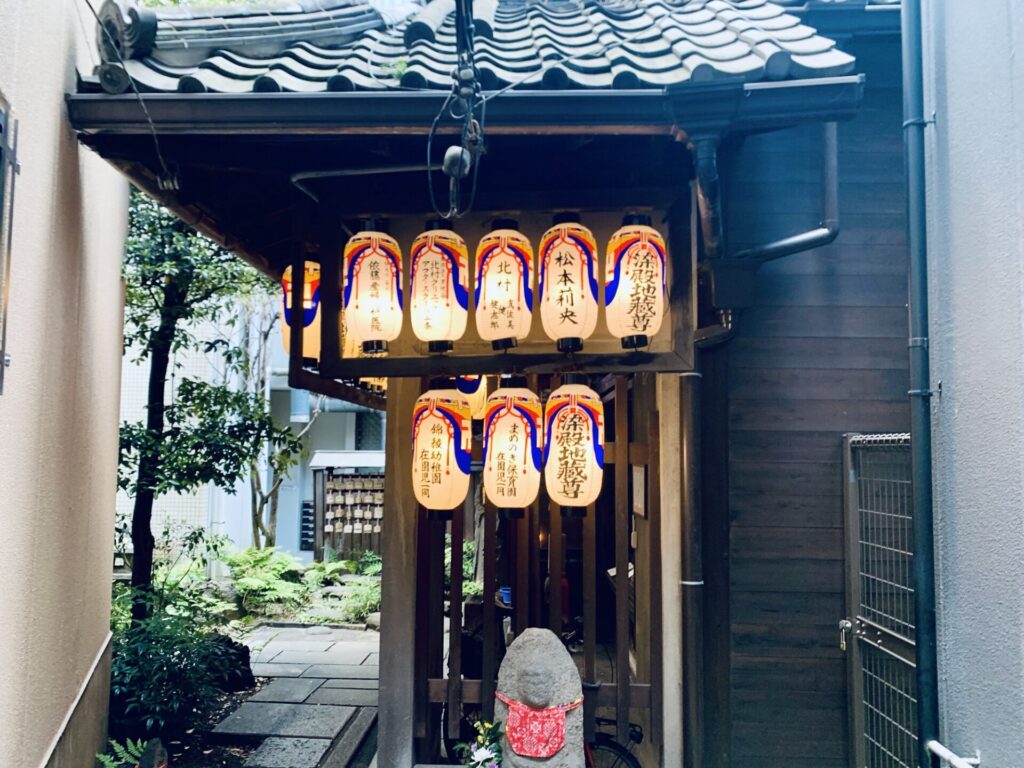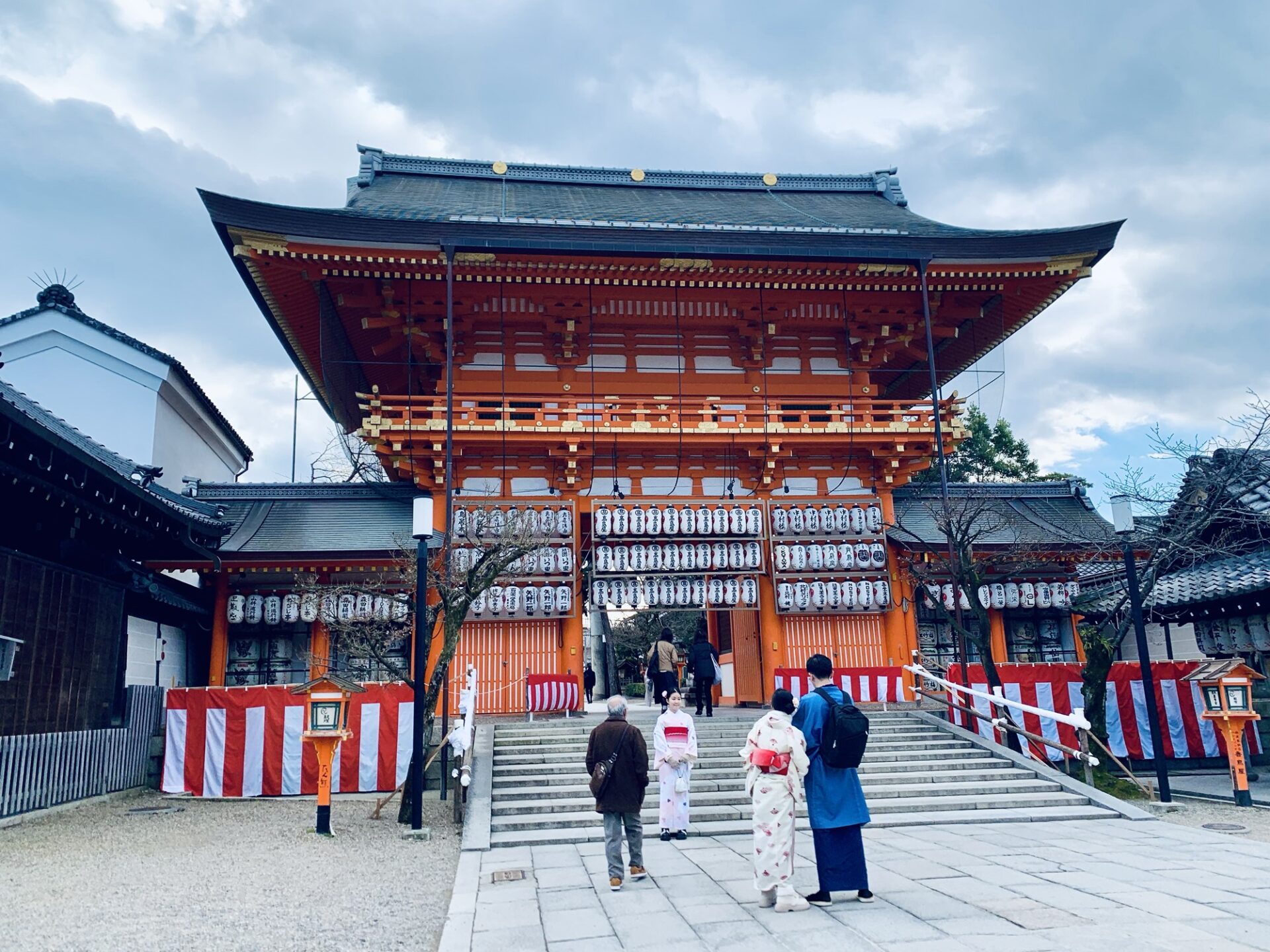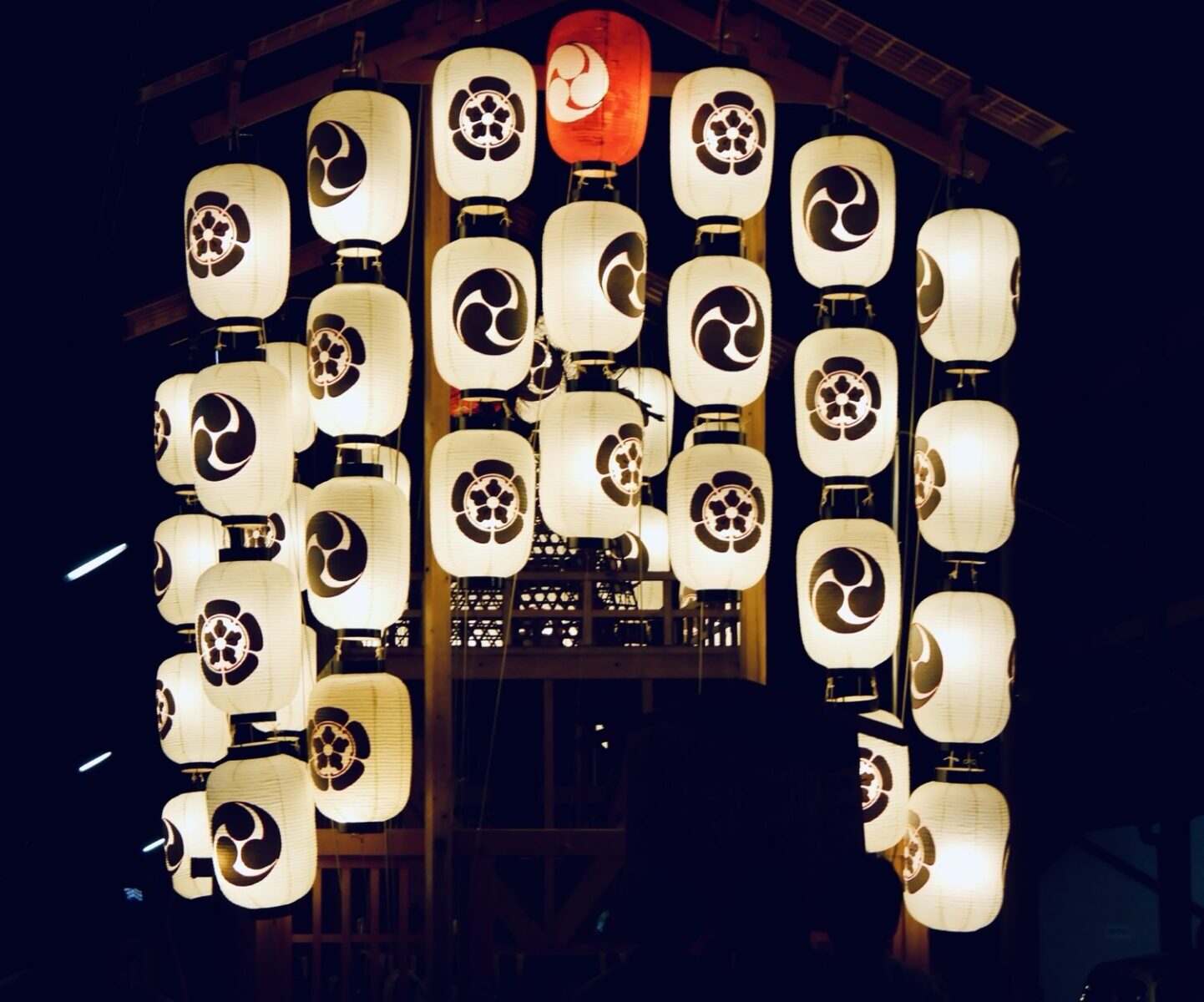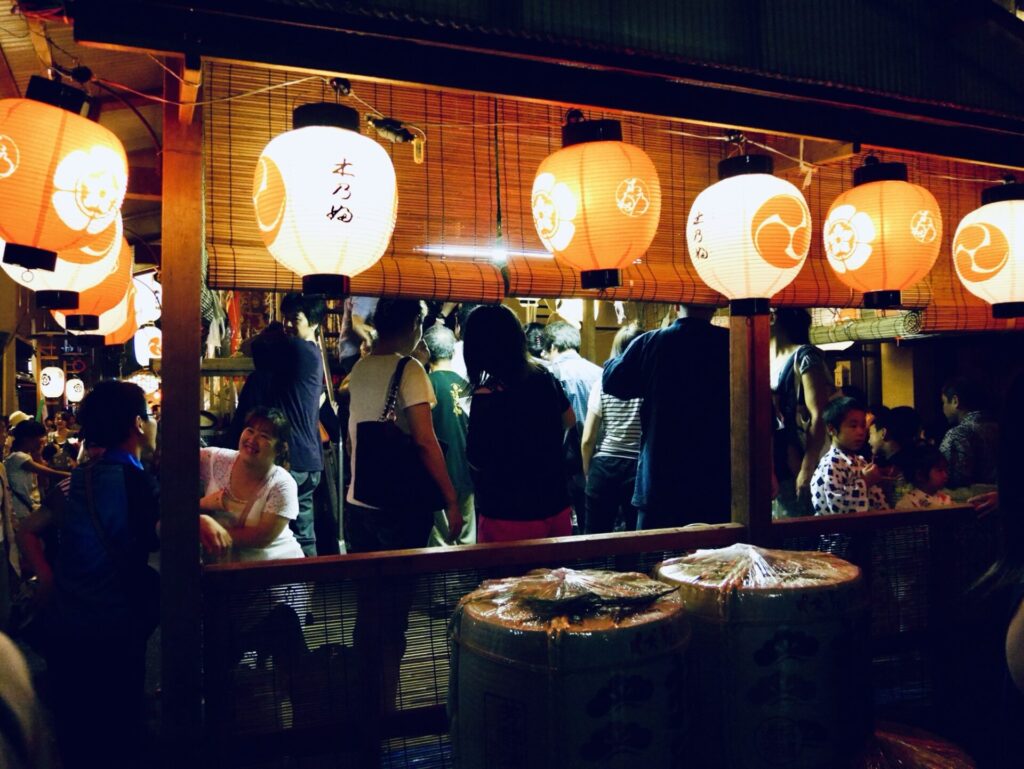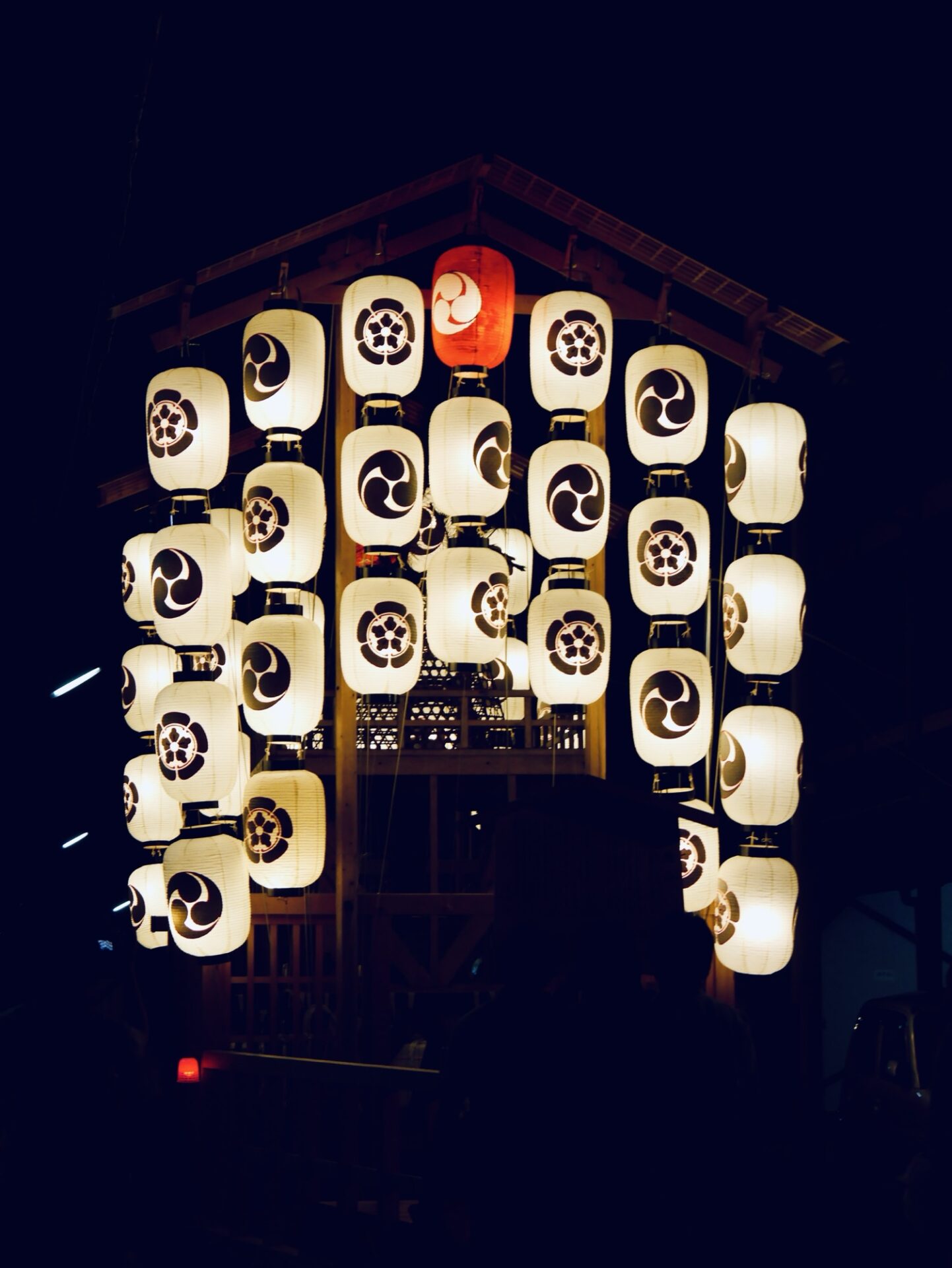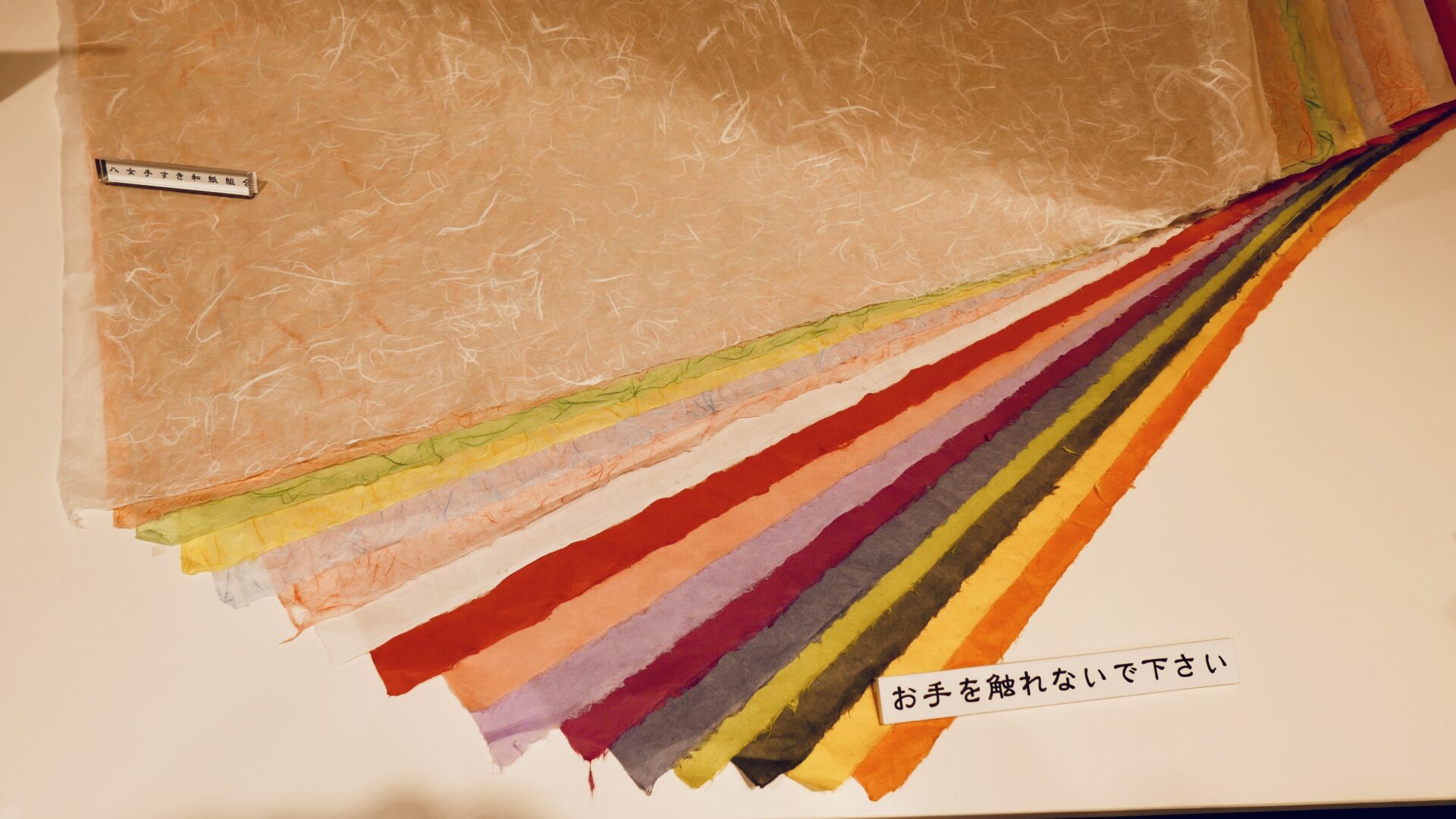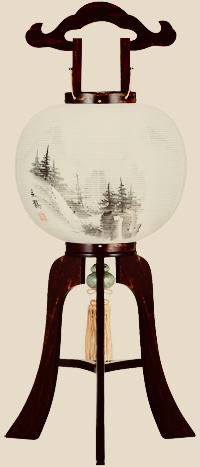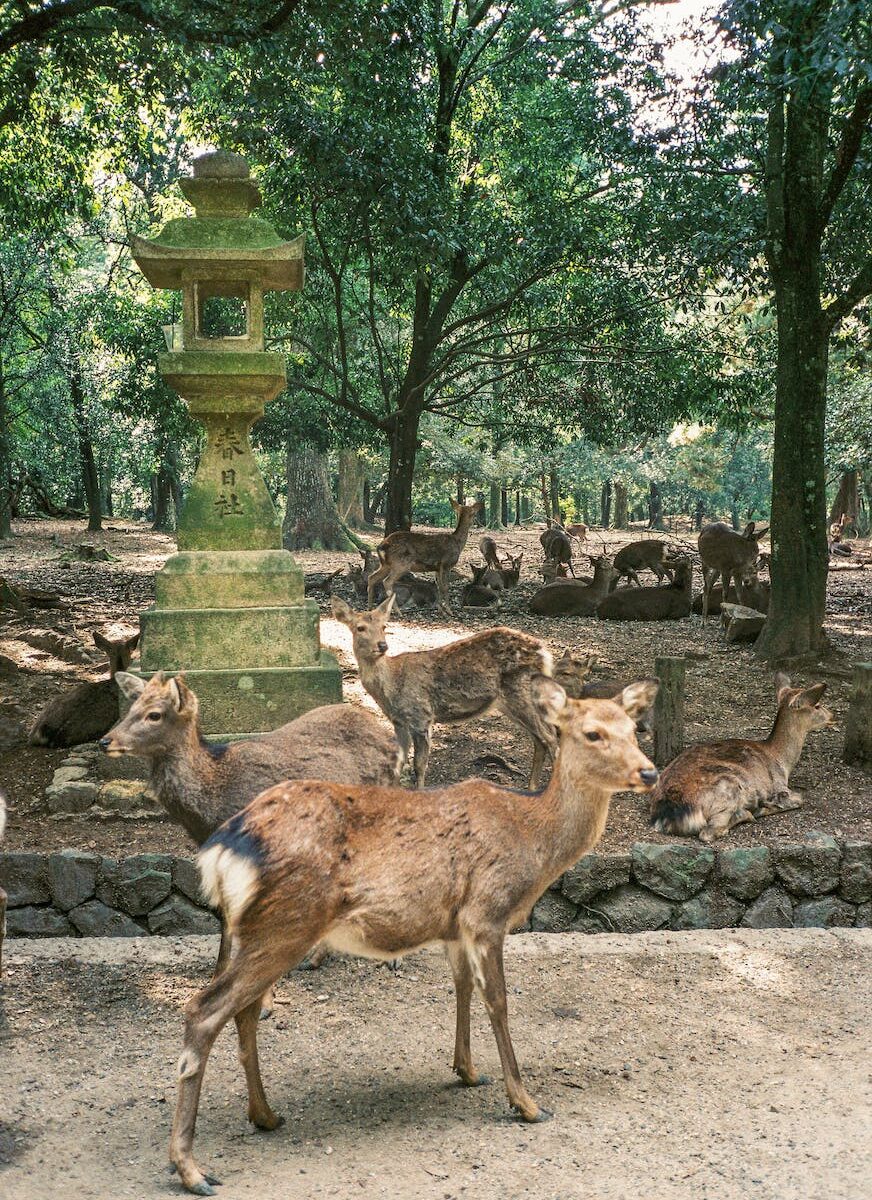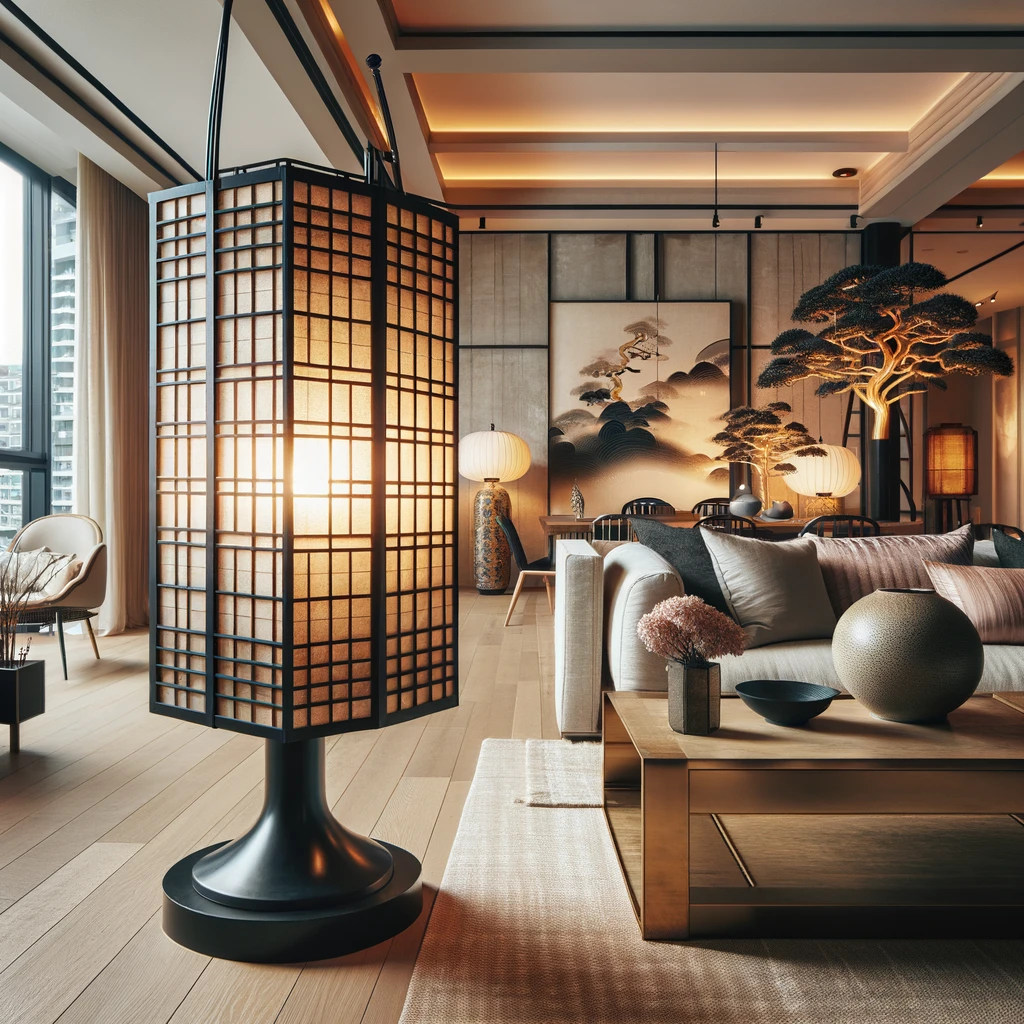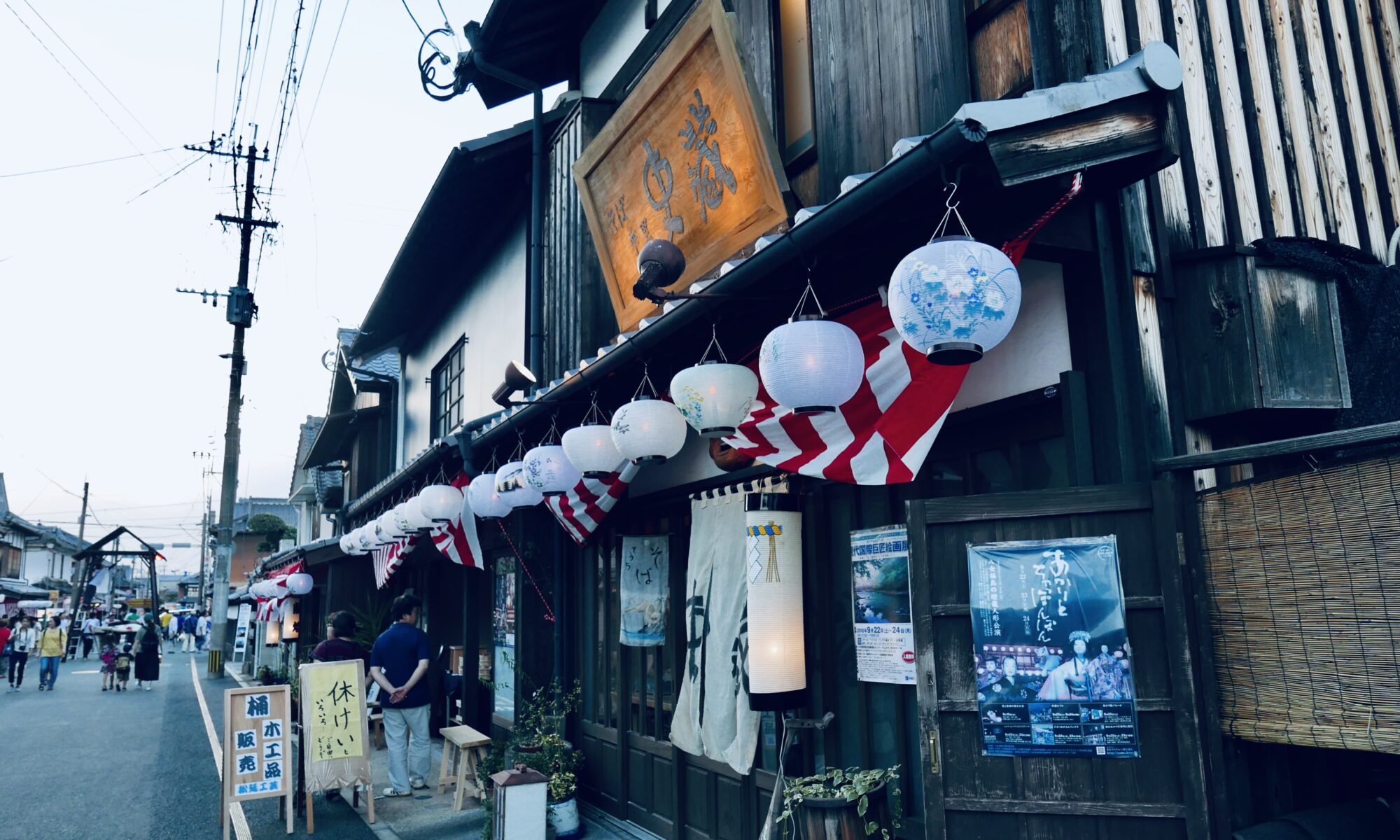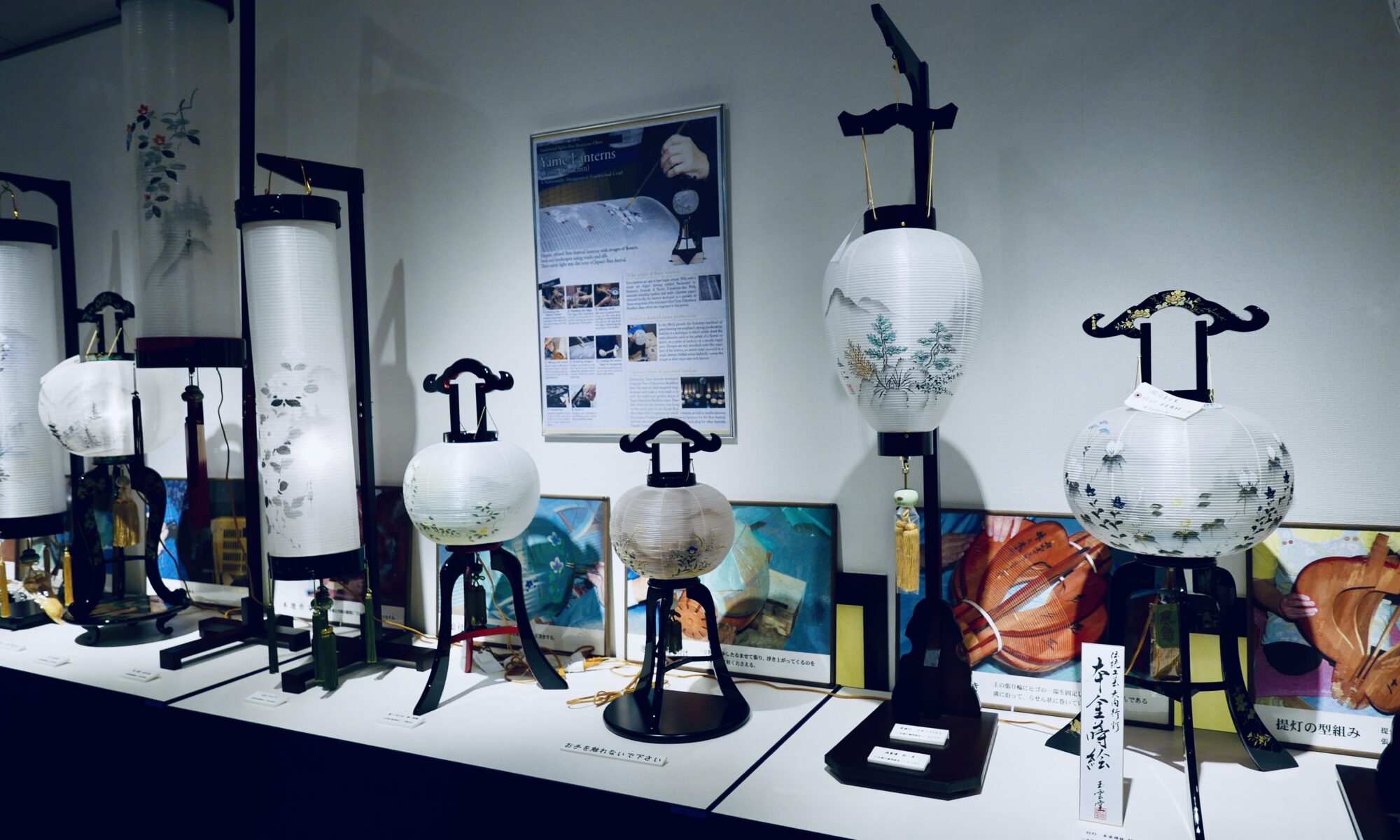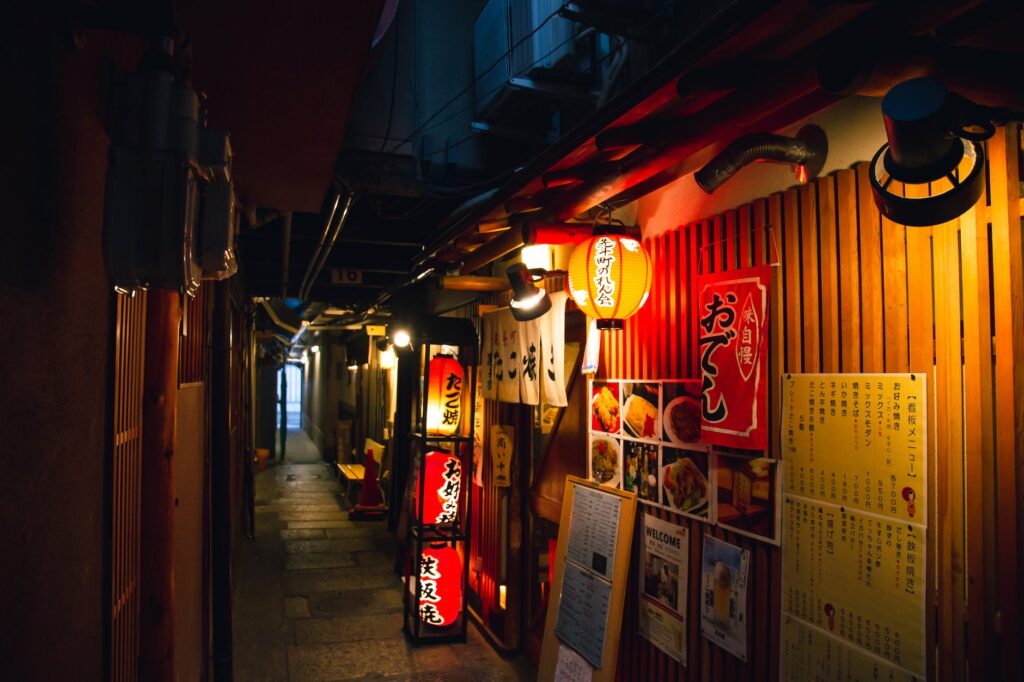Introduction

Lighting plays an essential role in our lives, not just by providing brightness but also significantly influencing the atmosphere and mood of a space. With the advancement of LED technology, lighting has evolved into more energy-efficient and sustainable options. Meanwhile, traditional lanterns continue to be cherished for their historical beauty and warmth. In this article, we will compare the features of LED lanterns and traditional lanterns, exploring their merits and demerits to help you find the best choice for your needs.
Features of LED Lanterns

LED lanterns represent the advancement in modern lighting technology. Their main attractions include high energy efficiency and long lifespan. LEDs operate at up to 80% less energy compared to traditional lighting methods and can last up to 50,000 hours, reducing the need for frequent replacements and offering long-term cost savings.
Environmental Impact
LED technology is also notable for its eco-friendly choice due to its low power consumption, which reduces CO2 emissions contributing to global warming mitigation. Furthermore, LED lanterns do not contain harmful substances, minimizing environmental impact upon disposal.
Applicability
LED lanterns excel in versatility, suitable for a wide range of applications from residential to commercial and outdoor lighting. They allow customization through dimming and changing color temperatures to meet user needs.
Cost Performance
Although initial investment might be higher than traditional lanterns, the low maintenance cost and electricity savings make them cost-efficient in the long run.
Features of Traditional Lanterns
Traditional Japanese lanterns are loved worldwide for their beauty and cultural significance. Made from paper and bamboo, they exude a warm, soft glow, adding a peaceful ambiance to any space.
Cultural Value and Design
These lanterns carry a history of craftsmanship passed down through generations. Each lantern embodies the spirit of its maker, symbolizing Japanese tradition and artistry, making them ideal for special occasions and festivals.
Environmental Impact
Traditional lanterns use natural materials like paper and bamboo, which are eco-friendly. However, compared to LED lanterns, they might pose a higher environmental load due to the use of fuel and maintenance.
Applicability
Their unique beauty makes traditional lanterns perfect for spaces where a special atmosphere is desired, such as restaurants, hotels, or homes. They also play a significant role in festivals, leaving a lasting impression on attendees.
Cost
Being handcrafted, traditional lanterns may be more expensive than LED ones. However, their value transcends mere lighting, offering charm as art pieces.
Conclusion
The comparison between LED and traditional Japanese lanterns showcases the possibility of coexistence between modern technology and traditional aesthetics. The choice between them depends on personal needs, values, and the setting they are used in. LEDs offer modern efficiency for those prioritizing energy savings, while traditional lanterns add warmth and beauty for those seeking ambiance.
This guide aims to assist in your decision-making process, balancing personal preferences against each lighting type’s unique appeal.


